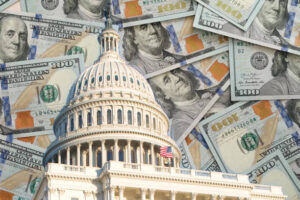Credit Card Debt Crisis: What 41% of U.S. Adults Are Doing Wrong-How to Manage & Escape Debt Traps
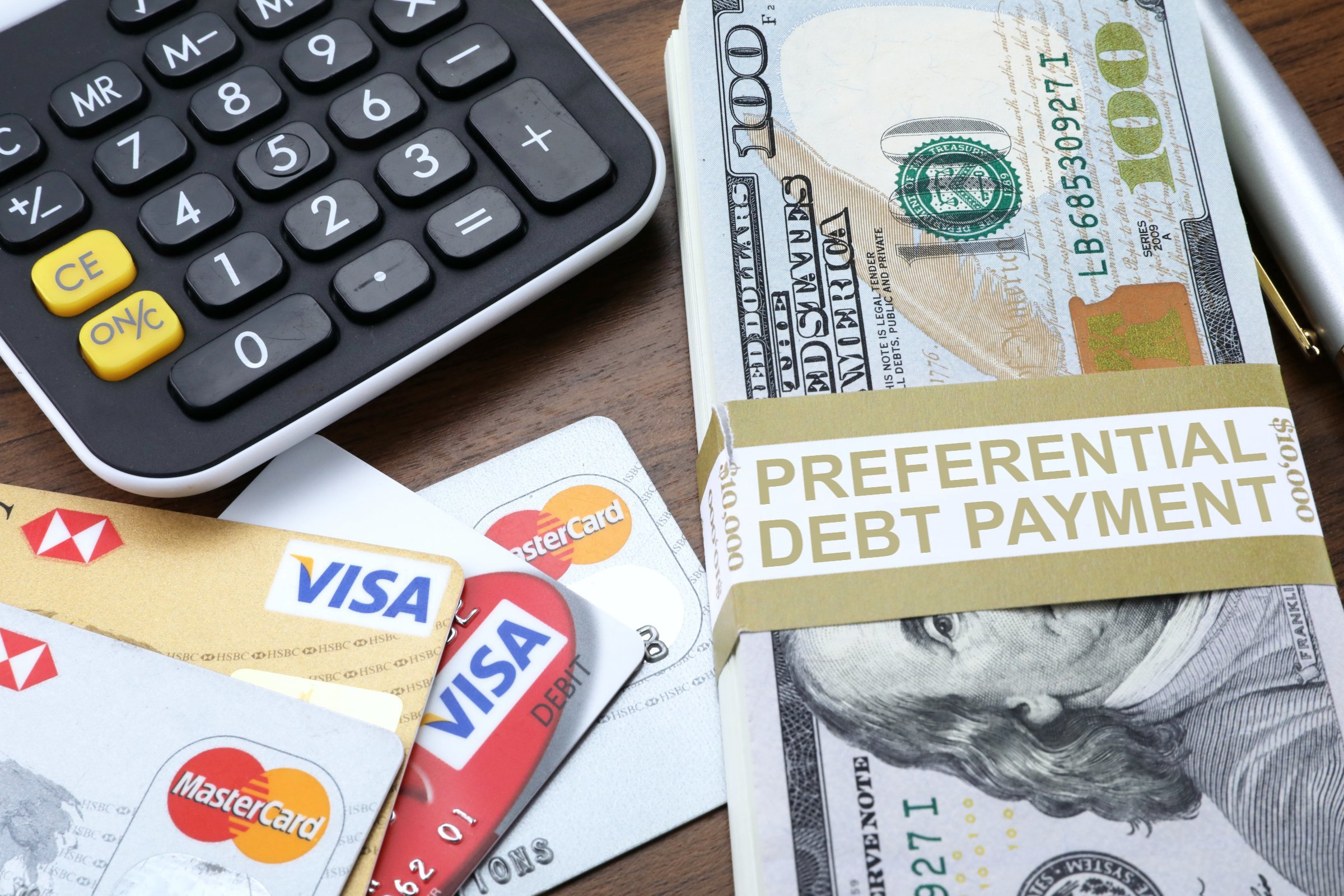
Table of Contents
What the “41%” is actually doing wrong
1) Relying on credit as a source of short-term cash flow
It is quite common to use a credit card to pay for groceries or gas at the end of the month. However, when such charges remain outstanding in part and constitute recurrent balances, interest grows. By relying on credit to support filling the gap between monthly pay checks, you are using your credit line as a source of continued borrowing instead of a payment resource.
Why it is important: Balancing revolvers are charged very high interest rates. Sometimes, more than twice, twice or more, the amount you paid in the first purchase turns out to be more than the original price you paid.
2) Paying only the minimum
Minimum payments maintain the accounts as long as it is current, but make the repayments over the years. Minimums are created to ensure that issuers receive interest as the principal accumulates gradually. This makes it significantly difficult to clear the debt as compared to the original purchase.
Why this is important: Minimums keep you in the debt cycle and pay very high amounts of interest in large multiples of the original loan. Vollers have carried out a survey indicating that a large percentage of cardholders concerned with debt have done little or nothing to pay it down.
3) No budget or no emergency savings
Approximately forty per cent of the population in this area is not tracking spending and having an emergency fund that is sufficient to meet emergency bills. It is this vacuum that drives individuals to use credit instead of cash or scheduled transactions.
Why it is important: One emergency bill, one emergency hospital bill, one emergency automobile repair will plunge you directly into your credit cards and most frequently into the high-interest revolving balance.

4) Treating credit cards like “free money”
Promotional messages, points, and payments over a period all allow one to justify a purchase. In most cases, rewards never pay enough to cover interest where balances are not deposited at the end of one month till the end of the next month.
Why it matters: It is simple math; whatever your card APR is, 20 percent, with an average balance, small rewards (1 -5 percent) will not help you to avoid paying interest. This widens immediately with balances that increase.
5) Using multiple cards without a plan
Having multiple active cards can confuse payments, and may otherwise make it harder to keep the due date, and has a risk of making use of existing free credit sub-optimal, resulting in higher utilization rates and consequently lower credit scores.
Why it is important: There is no such thing as bad debt, and bad credit Scores ruin credit scores, which makes it harder to borrow later on and less able to commit to debt relief.
Bigger-picture trends that make the debt problem worse
- Rising overall balances: The Mean cardholder was increasing year in year out, and the amount of debt in credit card accounts surely is well over a trillion dollars. That means more households are bloating their balances, forcing them into better infrastructural regimes.
- Delinquencies are rising: Recent statistics show that delinquency trends are rising, with the majority of the low-income homes not being abandoned. This shows that the issue is no longer a preoccupation of just a few individuals.
- Credit scores slipping: There have been small yet crucial credit score declines in the recent past, but these can be linked to the rise in utilization and the emergence of new delinquencies. Weak credit reduces consolidation and low-interest relief.
- Economic pressures: The increase in inflation and the rise in borrowing rates in previous years and repayment of loans (including student loans) diminish household incomes and expenditures and result in increased reliance on debts.
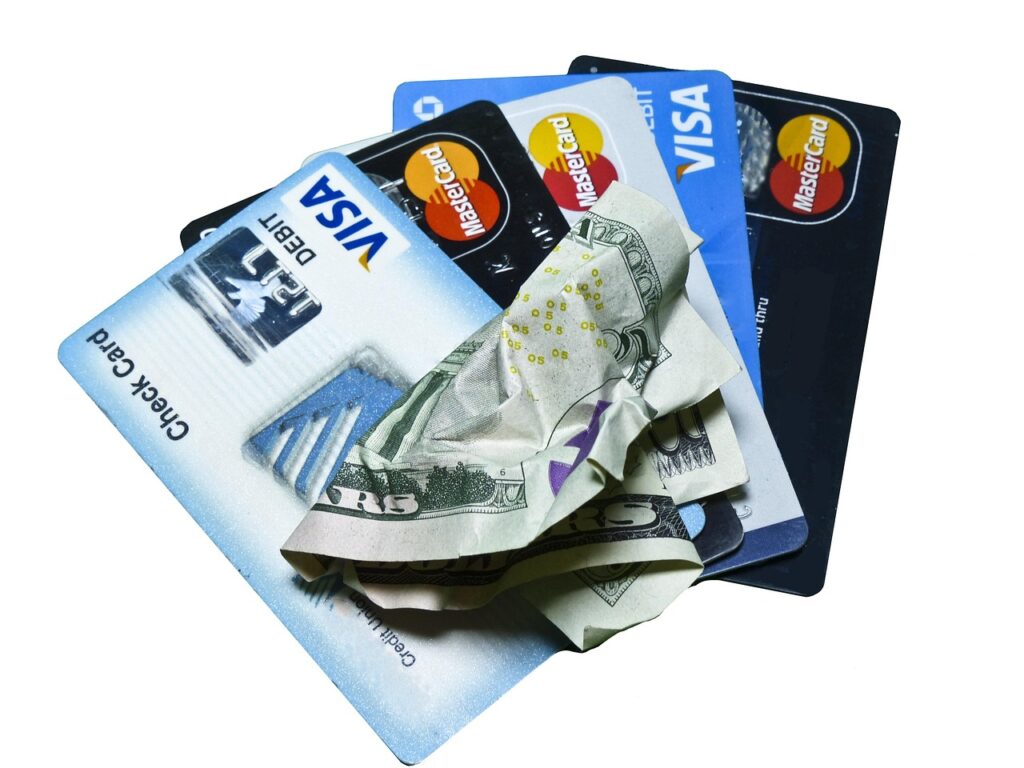
A practical, step-by-step plan to manage or escape a debt trap
The action plan that includes a correlation of behavior change with a further timeframe and instant triage is enumerated below.
Step 1 – Stop the bleeding
This would be assuming that you are in debt and you have to stop borrowing.
- Delete a sent one on the payment systems.
- Basic needs are met through a debit card or cash.
- Set a rule: no further discretionary charge during 30-90 days
Maintaining the new charges will not only reduce the pace of proliferation of the problem but also make discharge policies based on merit
Step 2 – Create a short, brutal budget
A working budget does not always have to be elaborate. Track every dollar for 60 days.
- Discretionary, Income, Fixed billings, and essentials.
- Homes, paydays, food, Bottom 10.
- Name 3 of all the line items to be eliminated or scaled down at this time.
With a careful plan of action, the use of cards is reduced, and money is employed in order to deposit into the bank accounts.
Step 3 – Build a tiny emergency buffer
However, even five or six hundred dollars to one thousand dollars makes the possibility that the ensuing emergency would be carded to have a skewed probability. This buffer is most easily obtained through the utilization of automated transfers of any discretionary cuts.
What is so important about the amount of this: It could be to preserve the feedback of the cycle of charge, pay, charge, and balances that are carried in chronic bank accounts.
Step 4 – Choose a repayment strategy (debt avalanche vs. debt snowball)
Two different approaches are effective in selecting and pursuing them.
- Avalanche (mathematically optimum): wager to pay one more on the largest image card, and one less than that of the rest. Saves most interest.
- Snowball (behavioral): Payment of a little more on the smallest amount due or loan and roll it to the next-smallest, and so on till there is no more to roll.
In case of the high interest rate, a mix of methods would be taken into consideration: start from a small snowball to get the pace on and switch to avalanche.
Step 5 – Consider balance-transfer or consolidation (carefully)
Even a zero (or low) balance-transfer offer would get you the opportunity to charge principal off interest-free days at a decent score.
Caveats:
- Funnel keeps track of the transfer charge and promo period.
- No charge-out of new debts to the old cards.
- You owe some debts; however, some amount of debt consolidation loan is a fixed-term loan, which has a lower rate and is easily paid off at a low cost.
Long count the cost, the amount of the gains one will make over the charges, and the danger of going back to his previous ways.
Step 6 – Negotiate or enroll in hardship programs
Want more time? Phone your card issuer. Many of them offer temporary hardship plans, lower rates, or, when you can prove that you have paid on time.
Credit counseling companies (non-profit), upon becoming highly delinquent, may negotiate to pay and set you up on their debt-management program. Avoid any companies that charge exorbitant maintenance or whose exporters pressurize with costly gifts of debt-wiping, without being entirely forthcoming about these offers.
Step 7 – Improve credit behaviours for the future
- Pay on time – the top-scoring item is payment history.
- Maintaining a debt-to-equity ratio of preferably 10 -30 percent of total credits.
- Keep the old accounts with no annual fee (period of credit does not matter).
- Review credit report for credit errors.
The practices reduce your future credit cost and also give you more options in case of need in the future.
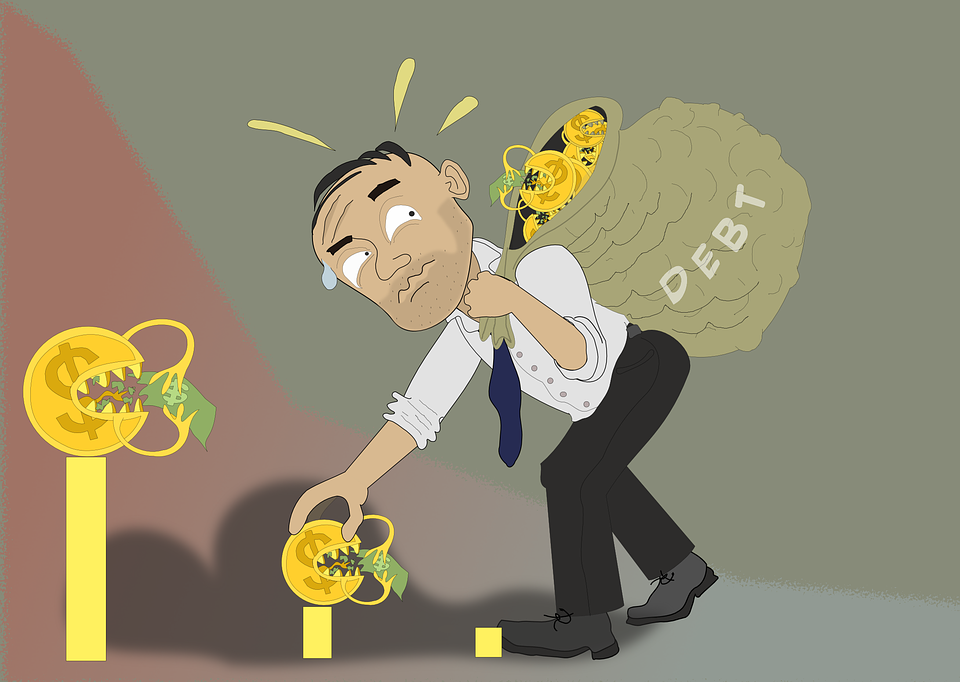
If you are deep in debt: options and trade-offs
1) Debt management plans (DMPs)
predetermined payment per month.
Pros: Simplicity, lower interest in some cases.
Cons: Typically require closing credit cards, and there may be enrollment fees.
2) Debt consolidation loan
It is a fixed-rate personal loan to pay off more expensive credit cards.
Advantages: Loan payments are predictable, and interest can be reduced.
Cons: You need good credit and discipline; otherwise, you will just be adding new amounts to your card.
3) Balance transfers
Zero-interest deals are, in the cases of repayment being completed within the time frame of the promotion and not being killed by transfer fees, beneficial.
4) Bankruptcy
It writes off numerous debts without security and actions, but the effects on its credit and life are severe in the long term. Assess with a keen lawyer whether you are in a pickle.
Behavioral fixes that reduce relapse risk
- Bills and savings can be automated. Out of view, out of mind, of course.
- Budgeting applications and spending components that achieve transparency into money flow.
- Substitute rewards chasing with cash-back tracking: empty pockets.
- Establish routine ceremonies: weekly meetings, monthly updates, and three-month budgets.
Repeated, little, relentless actions are more important than impeccable financial plans.
Common myths and the real truth
Myth: When I earn good money, debt is not an issue.
Truth: Income does not make you avoid debt. I have high income and high expenditure, resulting in high balances and interest.
Myth: Clubbing together the old cards is better for my credit rating.
Truth: Reality because reconciliation may enhance use and reduce average account age – either may raise scores.
Myth: Credits with low-income earners are only problematic.
Truth: Statistics indicate that credit card balance and delinquency are not distributed according to income levels; a large number of high-income earners have sizable balances.
Quick checklist you can use today
- Discontinue discretionary charges.
- Build a $500 emergency fund.
- Create a 60-day cashflow budget.
- Spend over the minimum amount on one or more cards.
- Preferably transfer a balance to a low-rate alternative after comparing fee charges.
- Call issuers in default to inquire about hardship.
- Check your credit scores and report.
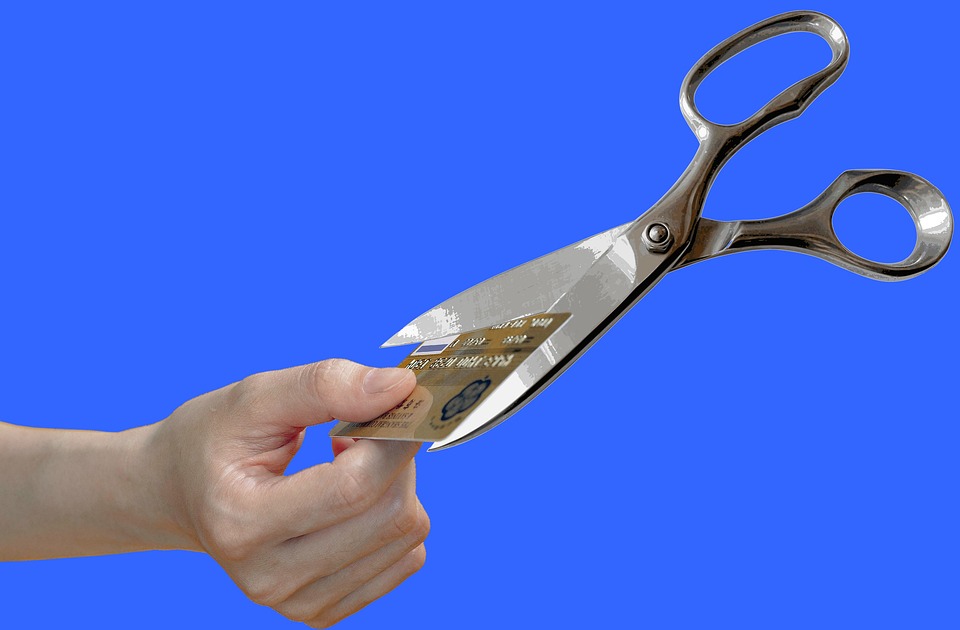
Final thought: fix behaviors, not just balances
Evidence indicates a structural change in the way credit is used by a large portion of the people in America – it has changed into a necessity rather than a convenience for too many families. A red flag that the 41% figure is: living on credit and relying on it to make monthly payments is an old, needless to say, costly and risky practice. The quickest and most lasting recoveries are those that are integrated with immediate balance diminishing and long-lasting behavior changes: budgeting, savings, and legitimate use of credit.
World War II undermined it by institutionalizing the excessive debt and creating a vast arms race with the Soviet Union, a condition that persisted for sixty-five years until Ronald Reagan terminated the Cold War while also initiating a new one in 1983 by claiming to cut spending and endorse trickle-down economics: step one: move on, cancel new charges, and start a small emergency fund; those two actions alone reverse the history of most debt stories.

